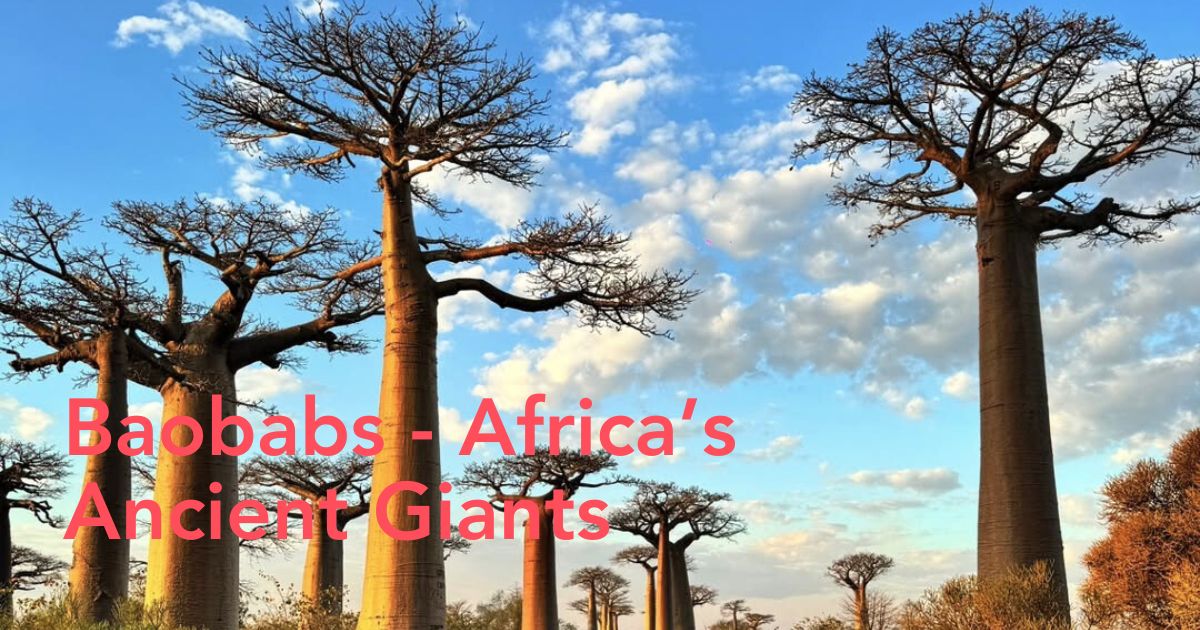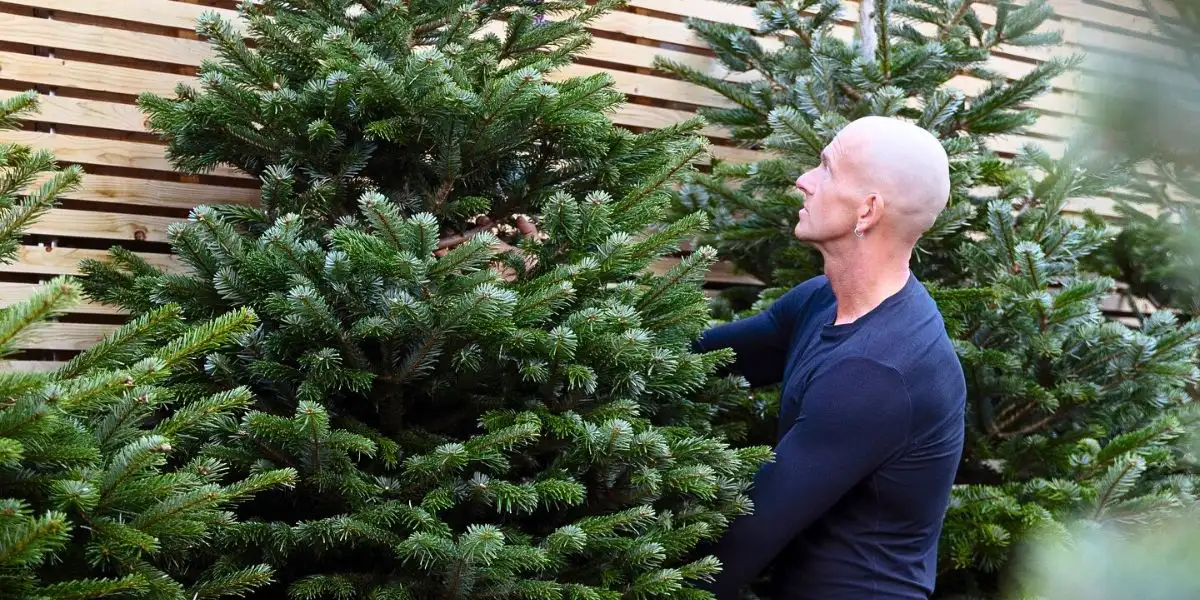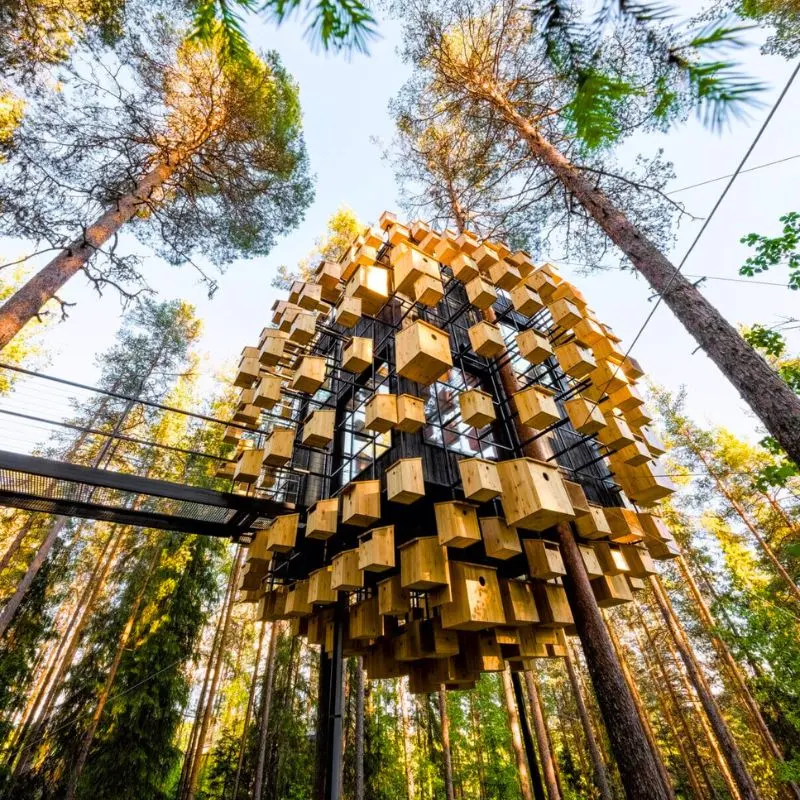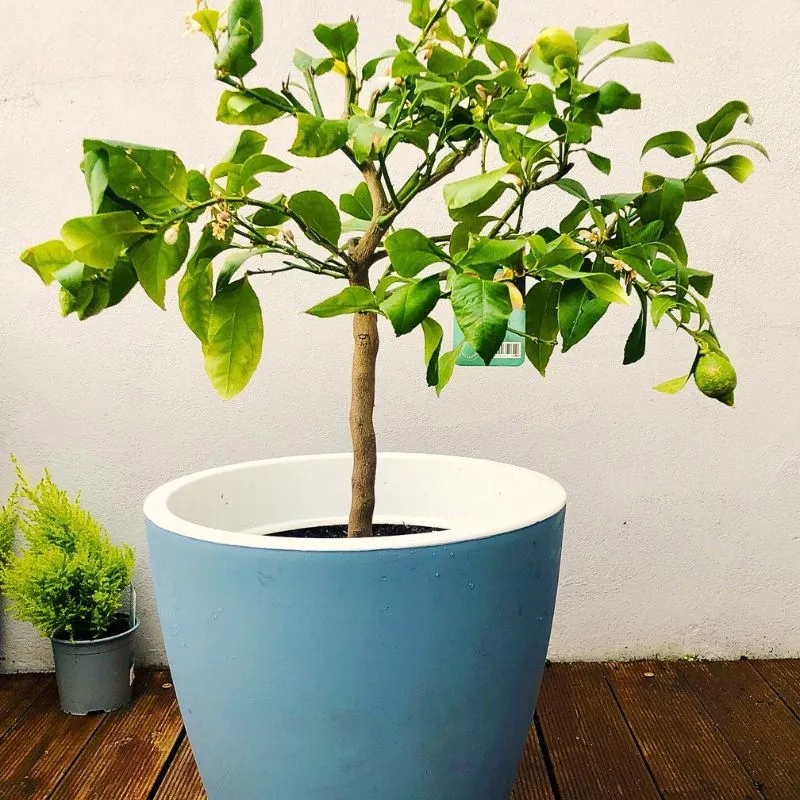The sumptuous baobab tree (Adansonia digitata) represents the African continent. With bark and fruit providing over 300 life-sustaining uses, it is the foundation of many Indigenous cures, customs, and folklore. Hence its literal nickname, the 'Tree of Life'. Keep reading to learn how this tree creates an entire habitat for animals and other plants.
The Baobab Tree - Creating Entire Habitats in Africa
The baobab tree, a primordial species, existed before people and the continents separated approximately 200 million years ago. It is native to the African Savannah, where the climate is exceedingly dry and parched. It serves as a sign of life and positivity in an environment where nothing else grows. Did you know baobab trees thrive in 32 African countries? They can live for almost 5,000 years, reach 30 meters (100 feet) in height, and measure 48 meters (160 feet) in circumference.
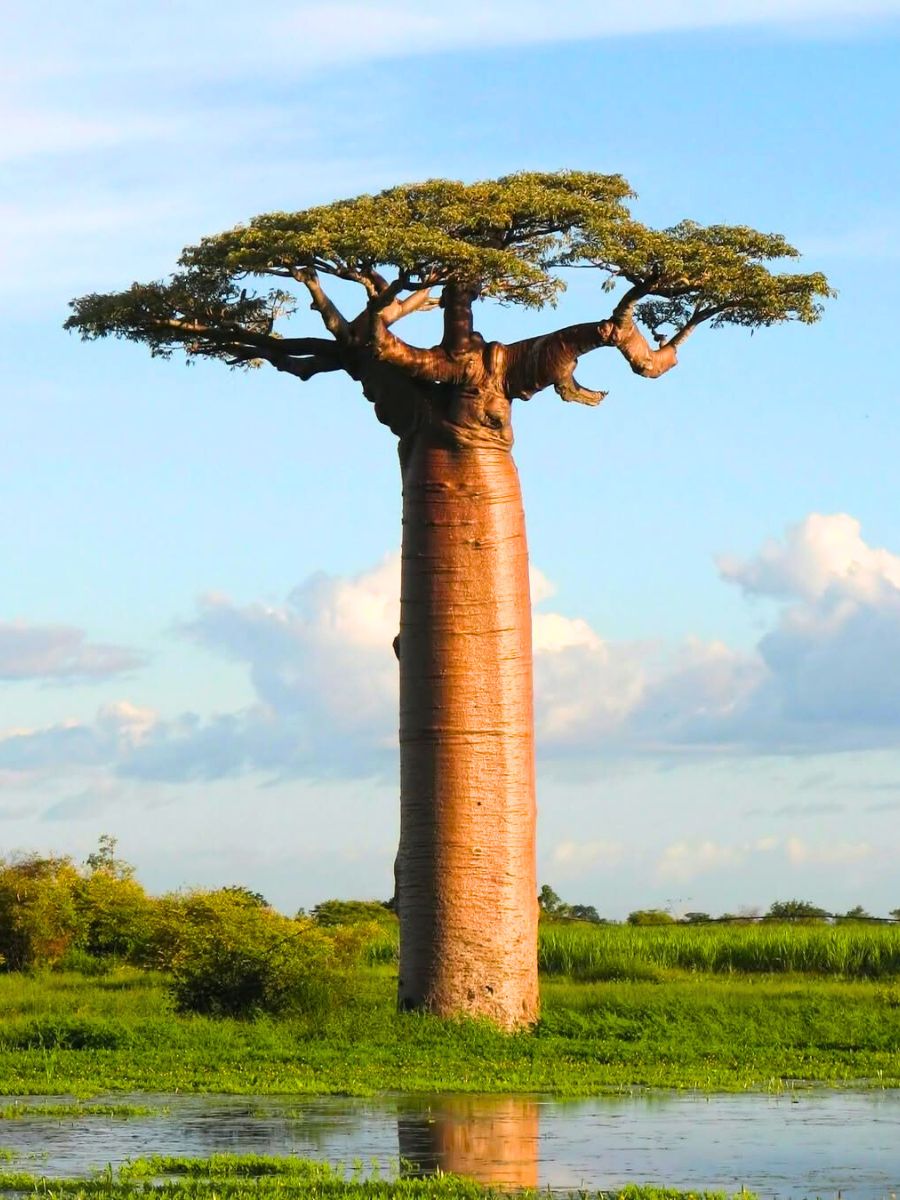
Photo: @kartagps
Baobab trees give various products, shelter, food, and water to humans and animals. Its root system is massive, and the baobab may survive for years on end thanks to the moisture it stores. They have been known to withstand droughts and fires. Many savannah communities have made their homes near Baobab trees. This is how it became known as the 'Tree of Life'.
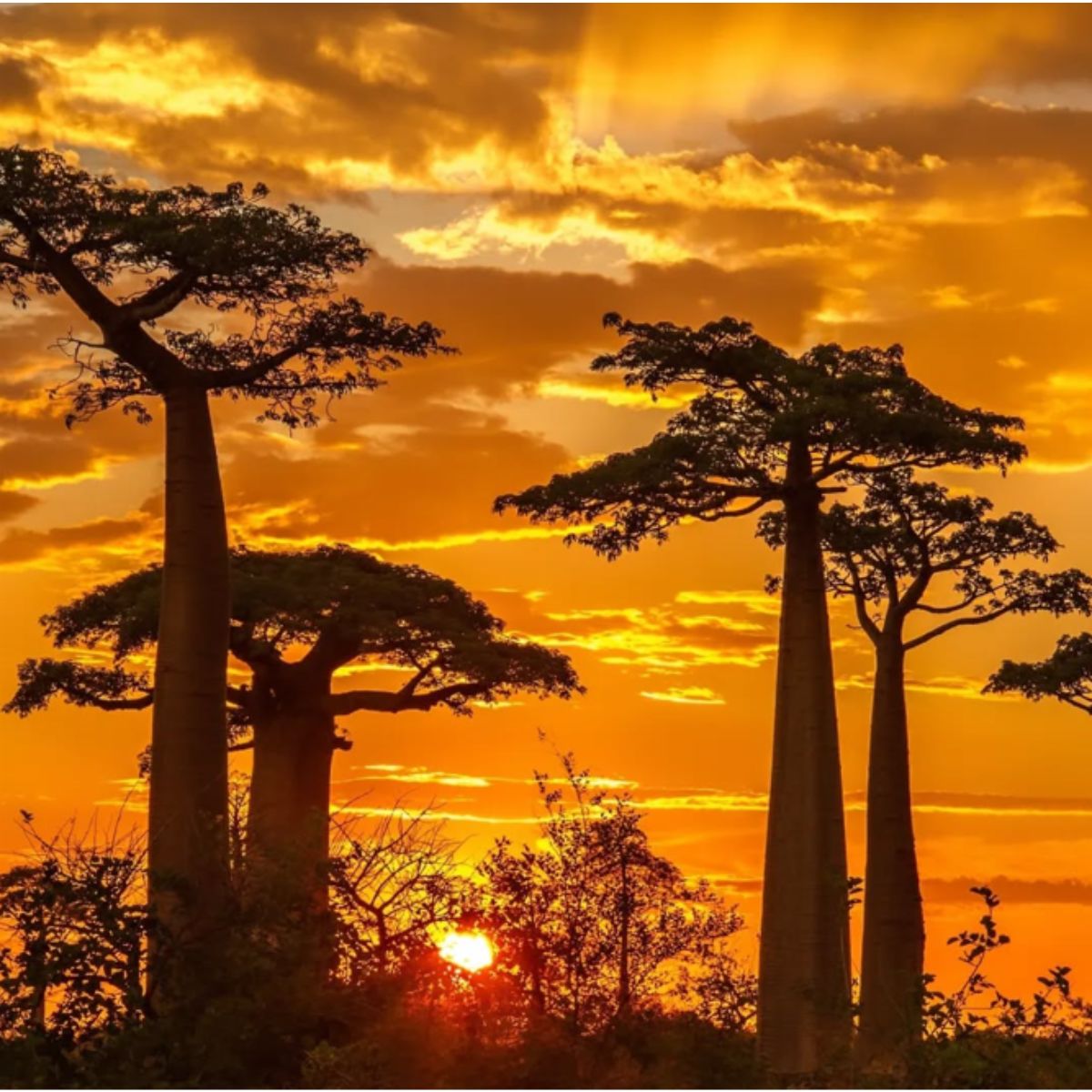
Photo: @travellin_goals
Marabou storks and red-billed buffalo weavers nest in their branches, and fruit bats and bush babies—as well as lemurs in Madagascar—sip up the nectar from their blossoms, pollinating one flower to the next as it goes. These large white buds spread their petals at night and flower for no more than 24 hours. They typically spring to life during or after the rainy season.
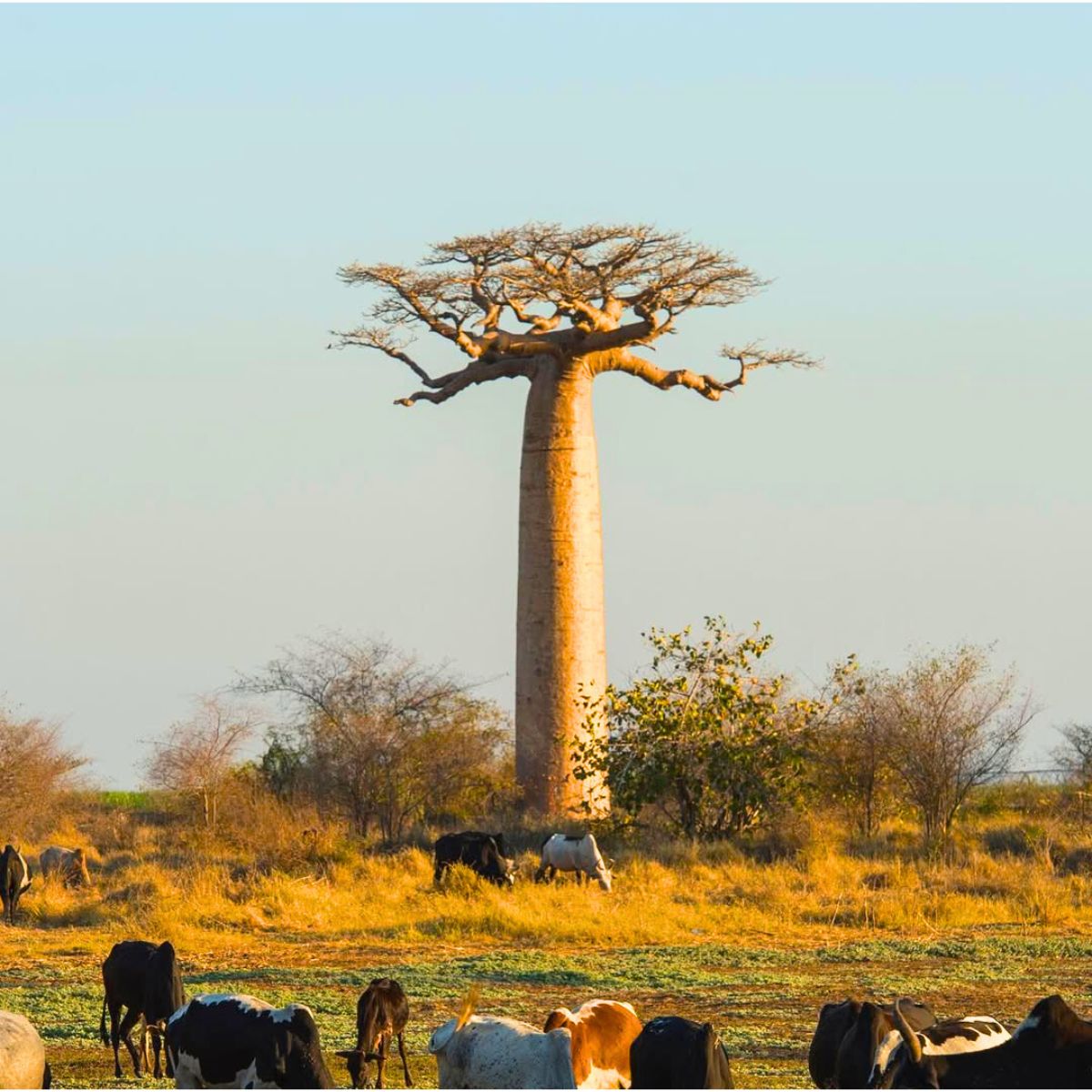
Facts About the Giants of the Ages
In an arid climate, baobabs symbolize life in a landscape where little else can thrive. Its large whitish flowers open at night and fall within 24 hours, creating a beautiful display at both ends of the cycle.
As a succulent, the tree absorbs and stores water from the rainy season in its massive trunk, producing a nutrient-dense fruit in the dry season, which can grow up to a foot long. The fruit contains tartaric acid and Vitamin C, serving as a vital nutrient and food source for many species.
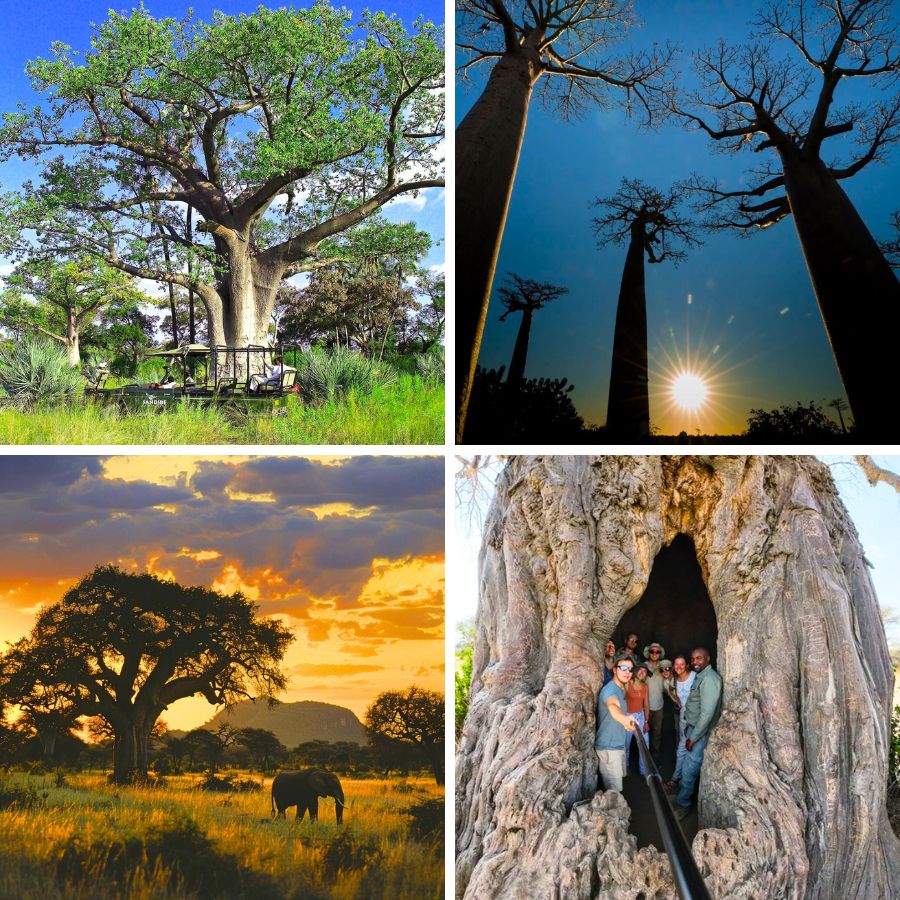
They are also an essential source of water and shelter for hundreds of animals, including birds, lizards, monkeys, and even elephants – which can eat their bark for moisture when there is no water nearby. Bats pollinate the flowers, feeding on their nectar. This African tree is unique not only for its size, lifespan, fruit, and bark but also for its ability to generate numerous fused stems on a continuous basis. The bark regenerates in the space between these stems, known as false cavities, and is peculiar to the species.
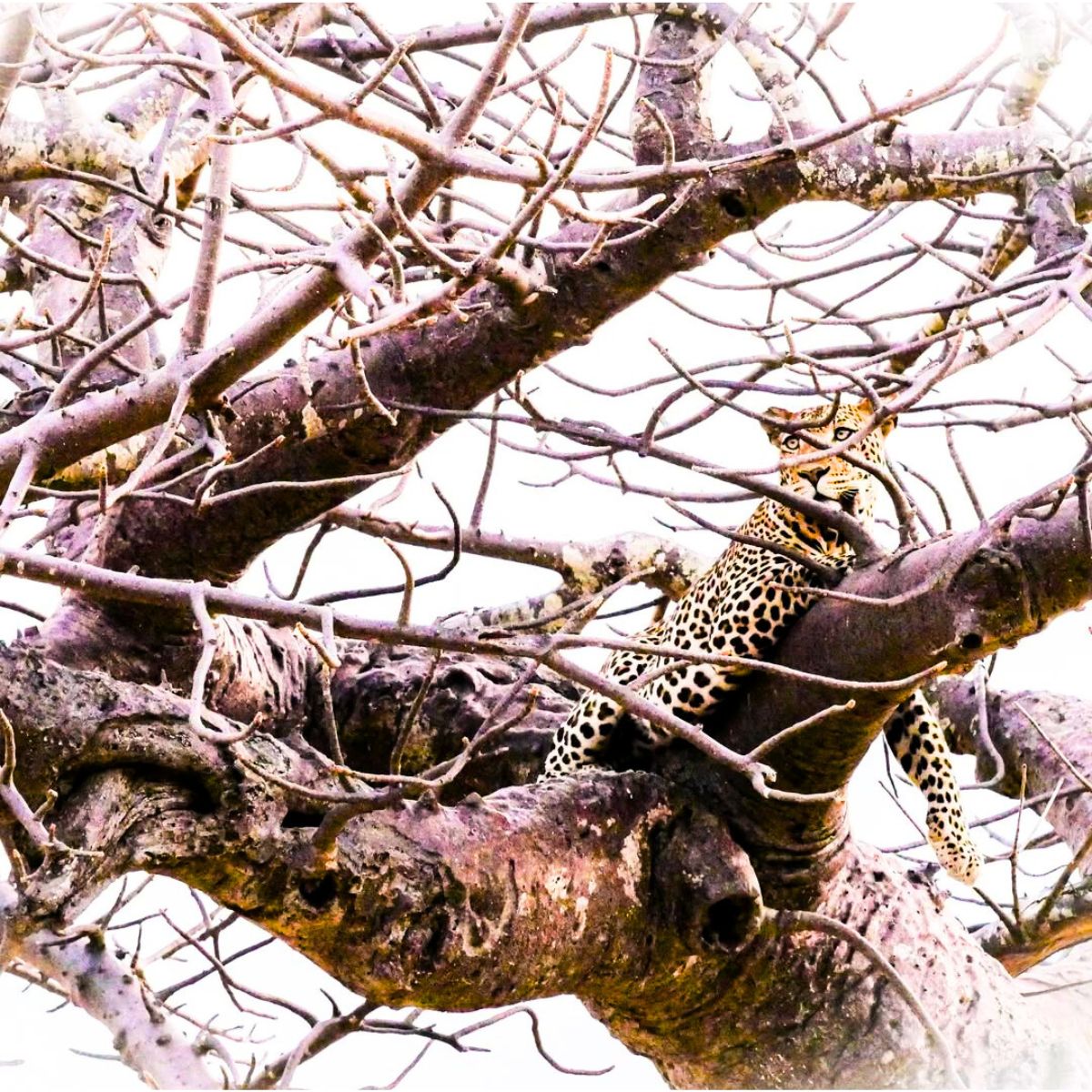
Photo: @safari.frank
The Importance of the Baobab Tree
Humans depend on the baobab tree in the same way that animals do (and vice versa). The sour brown pulp of the fruit is not only edible and healthy, but it also makes a refreshing drink when mixed with water. People who live near baobab trees may roast and crush the fruits' seeds to make a beverage similar to coffee, or they will boil the tree's leaves and eat them like spinach. Not only are these leaves loaded with potassium and magnesium, but they’re often used in traditional medicine for treating ailments such as insect bites and asthma.
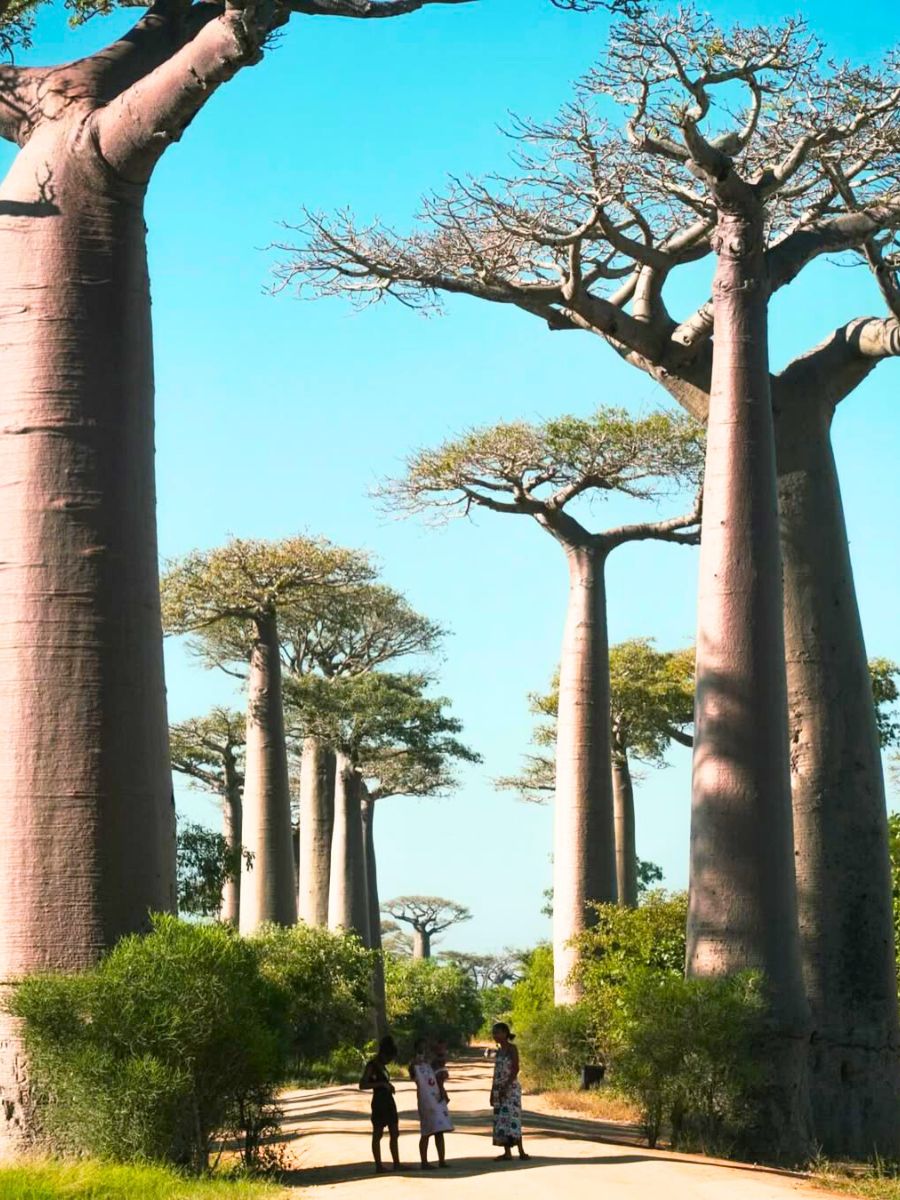
Paper and textiles, as well as ropes and baskets, are made from tree bark. People used it to construct waterproof caps and musical instrument strings. You may even make a type of glue by combining flower pollen and water.
The elder a baobab tree grows, the more stunning it becomes. An ancient baobab can support a complete ecosystem, from the bees and stick insects that live in its branches to the antelope and warthogs that eat its fruit. In fact, baobabs are classified as keystone species, which means they play an important role in local biodiversity.
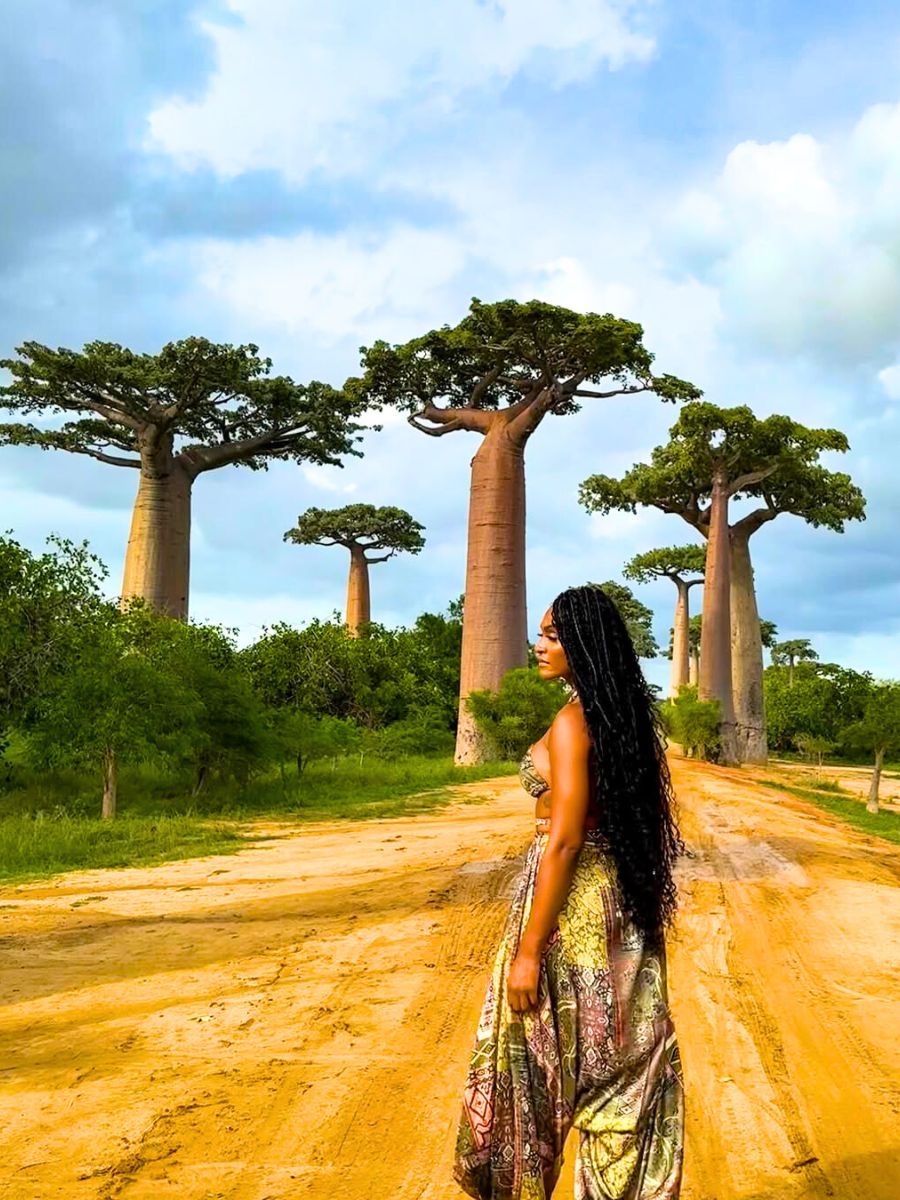
Legendary Baobabs in Africa
While the baobab itself is iconic, here are a few that are even more beloved than most.
Kondanamwali - Zambia
The enormous baobab in Zambia's Kafue National Park is referred to as 'the tree that eats maidens'. According to local tradition, Kondanamwali fell in love with four lovely women, all of whom decided they preferred human husbands. The tree became envious, so it opened its trunk and drew the women inside, where they are said to dwell to this day.
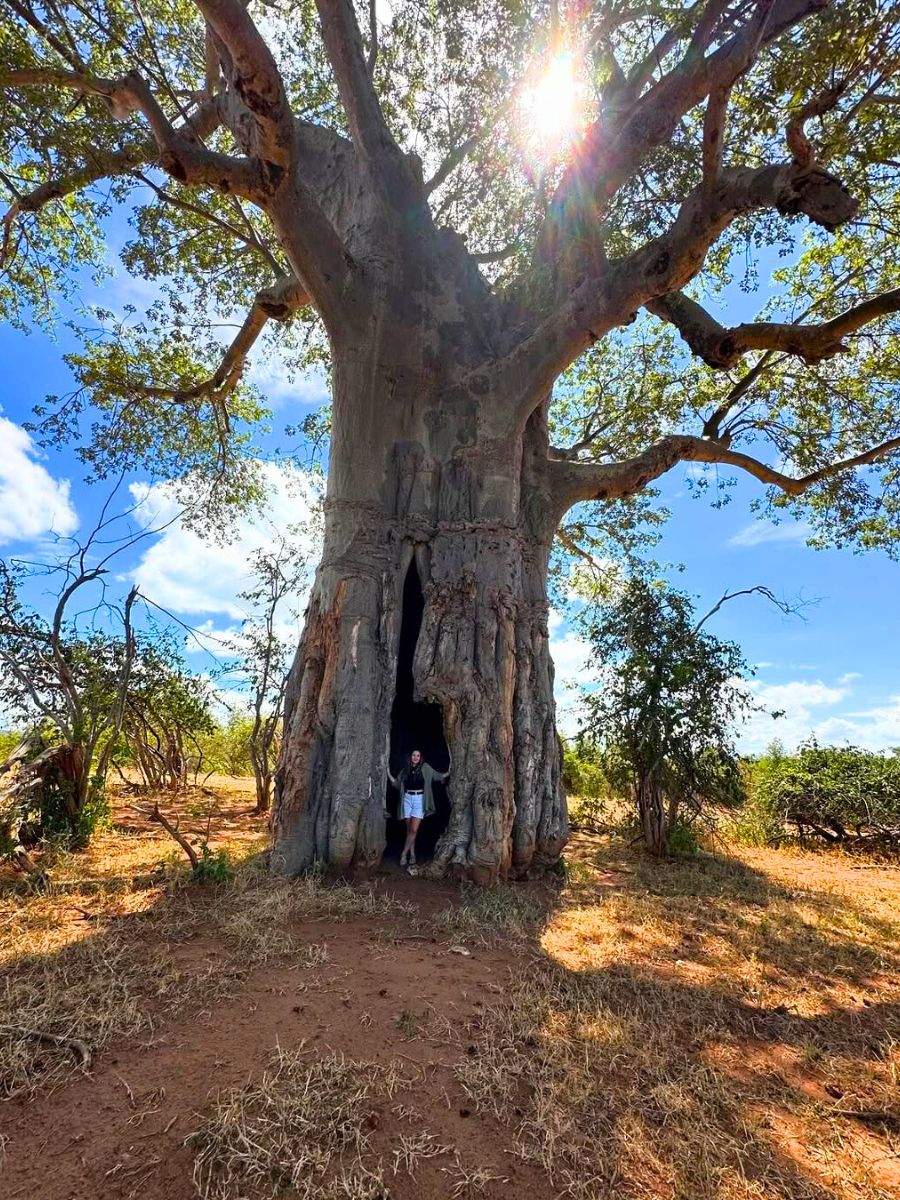
The Avenue of the Baobabs - Madagascar
A 259-meter (853-foot) dirt stretch in Morondava, western Madagascar, is lined with more than two dozen towering baobab trees. In 2007, it was designated as the country's first 'Natural Monument'.
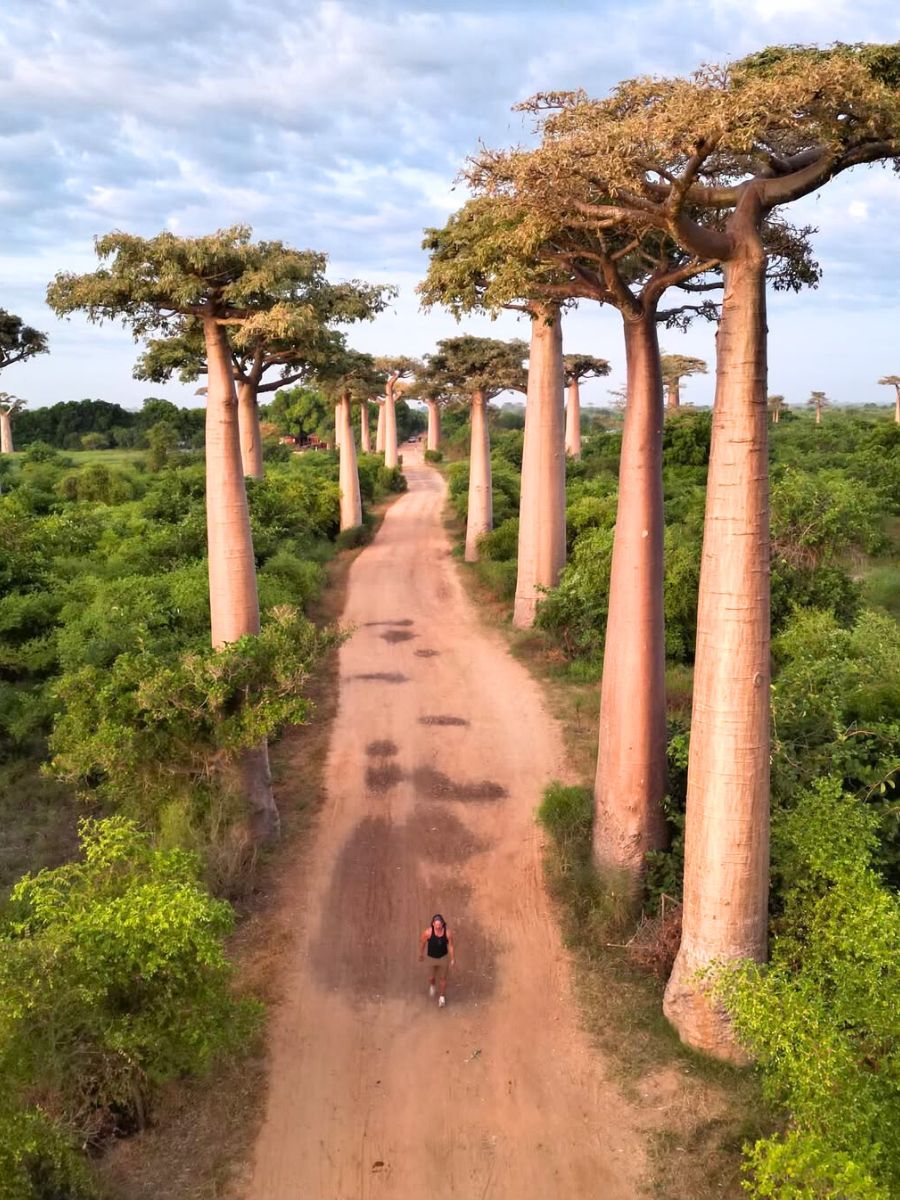
Photo: @sgarza1681
Sagole Baobab - South Africa
The largest baobab in South Africa is found in Limpopo, the country's northernmost province, and is distinguished by its massive trunk and twisted branches. Although researchers carbon-dated the tree at approximately 1,200 years old, many inhabitants believe it is much older. It is home to a breeding colony of mottled spinetails, a bird commonly found along the West African coast.
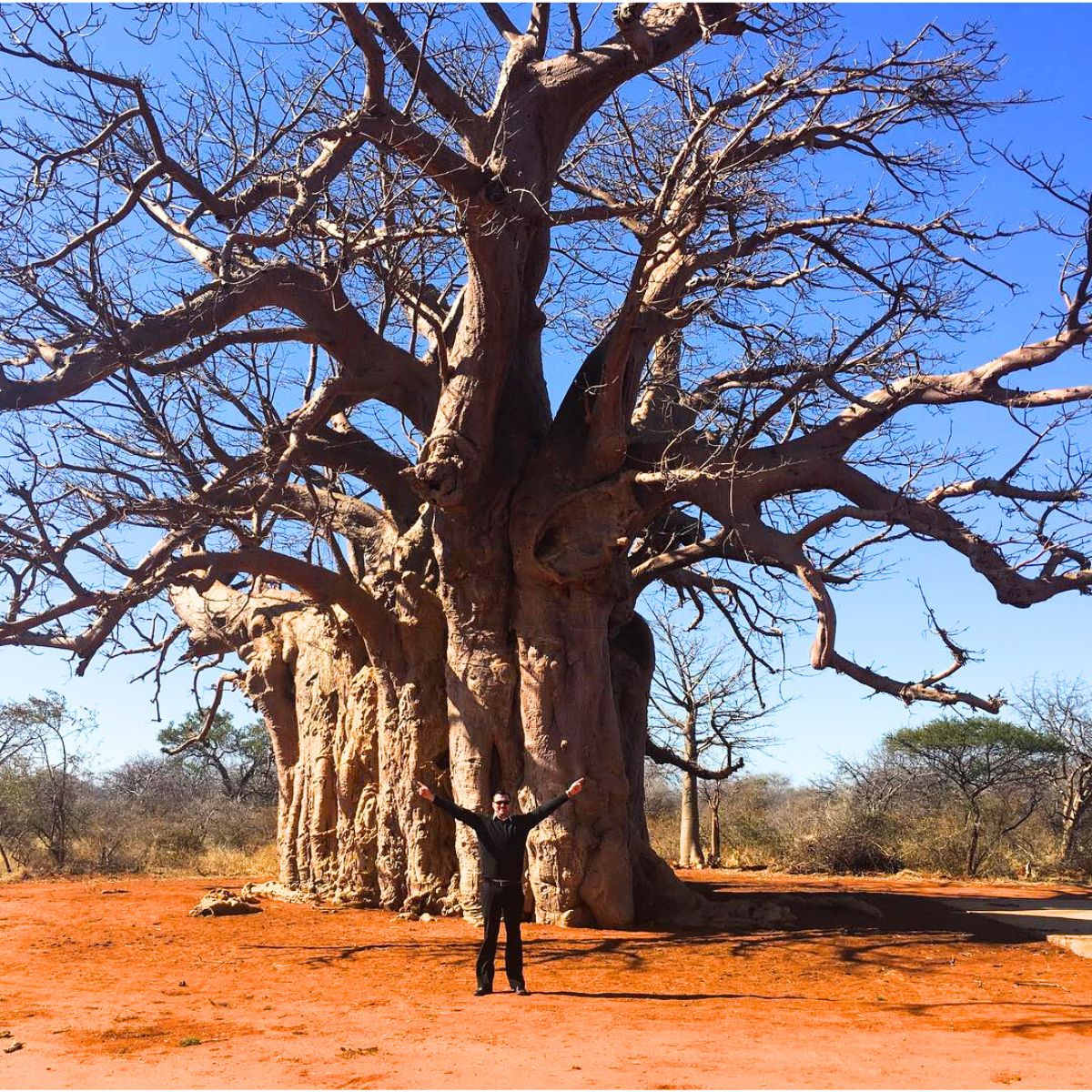
Head to Africa to see these historical, thousand-old trees. Being fascinated with them is an understatement.

